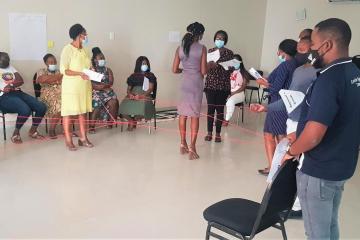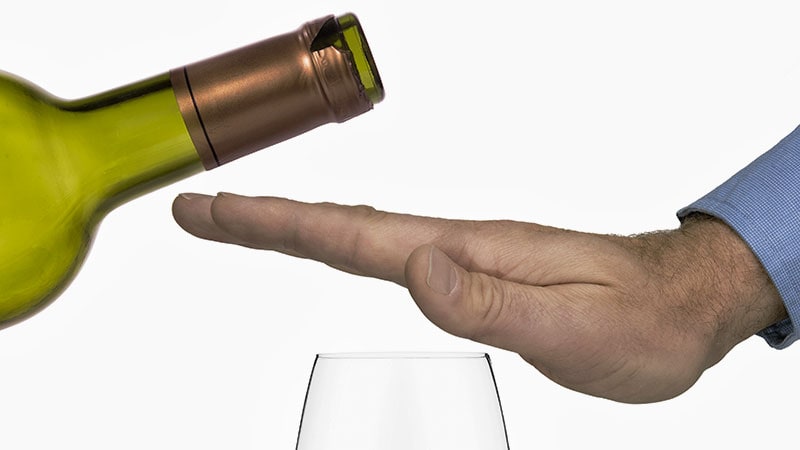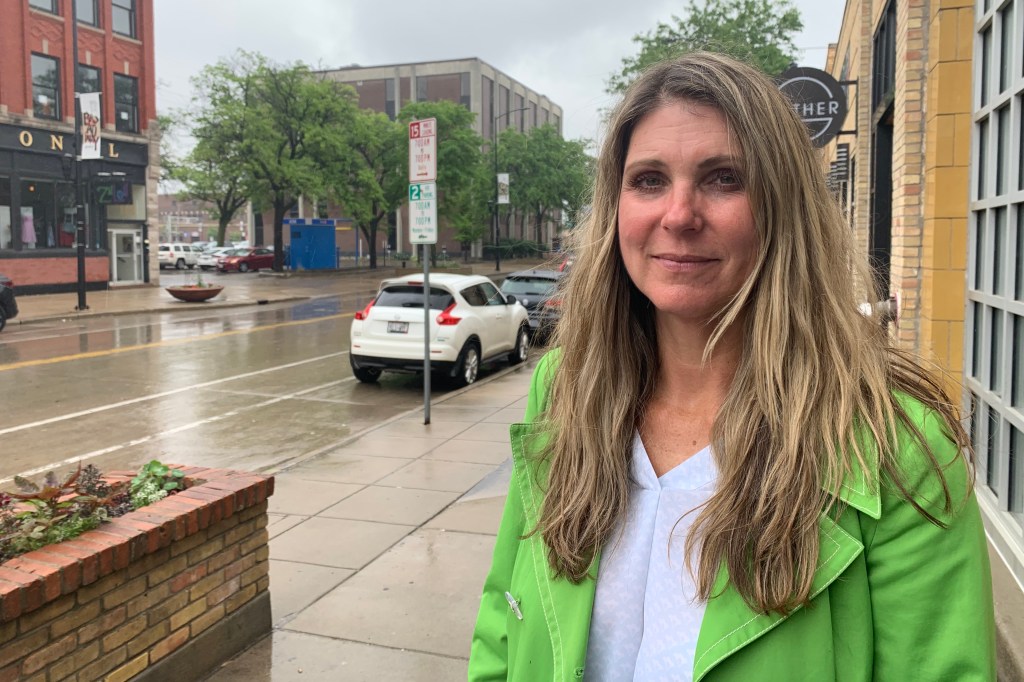Inequities in treatment intensification is one of the major factors responsible for racial disparities in management of blood pressure (BP), suggests a study conducted in the United States.
The study, which included 16,114 patients with elevated BP who received care at one of 11 safety-net clinics in San Francisco, found that Black patients were less likely to achieve BP control compared with patients in other racial or ethnic groups.
Missed opportunities for treatment intensification accounted for 21% of the total difference in BP control among Black patients compared with the study’s other groups, which included Asian, Latinx, and white patients, the study found.
“This shows that one of the biggest barriers to good blood pressure control is therapeutic inertia. We know that clinicians often miss the opportunity to intensify treatment, but we didn’t know until now that there is a racial disparity in that,” lead author Valy Fontil, MD, University of California, San Francisco, told theheart.org | Medscape Cardiology.
“We have found a gap that can be addressed,” Fontil said. “We tend to assume that the biggest barrier to blood pressure control is patient behavior. That is hard to change. But here we have found an issue with provider behavior. This should be easier to address, as we can implement policy to make it happen.”
The study was published online December 8 in JAMA Cardiology with Fontil as lead author.
Black populations are more likely than whites to have hypertension, equally likely to be aware of and be treated for hypertension, but less likely to achieve BP control, the authors observe. This racial disparity has been associated with higher rates of stroke and cardiovascular death among Black populations in the US.
Differences in healthcare processes — such as BP treatment intensification, frequency of scheduled follow-up visits, and missed visits by patients — “may play a substantial role and could present opportunities to design health care system interventions to reduce racial and ethnic disparities,” the group writes. But the extent to which variation in those processes contributes to racial and ethnic disparities in BP control is unclear, they add.
The current study relied on nested logistic regression models to estimate the likelihood of BP control, defined as a systolic BP
Uncontrolled blood pressure, lack of treatment intensification, and missed visits were more common among Black patients than other races. Black patients had the shortest interval to scheduled follow-up visits, but also were involved in more missed opportunities to intensify treatment for achieving BP control.
Whereas such missed opportunities accounted for about a fifth of the difference in BP control among Black patients compared with the other groups, missed visits were also a big factor. They explained 14% of the difference, the group found.
In contrast, Asian patients showed the best BP control of any of the groups, were more likely to have their medical therapy intensified, and missed fewer visits than the other racial or ethnic groups.
Differences in treatment intensification and in missed visits accounted for 26% and 13%, respectively, of the difference in BP control between Asian patients and the other groups combined.
“It is interesting to see how those mediators are involved both ways — in both better and worse blood pressure control in different ethnic groups,” Fontil observed.
He said he believes the findings are most explained by clinical inertia. “Guidelines recommend that every time a patient with uncontrolled hypertension comes into the office, their treatment should be intensified until they reach target levels. We found that blood pressure is normally checked, but treatment is often not intensified,” he said.
“We know therapeutic inertia is an issue. There are other competing priorities to be dealt with at the visit, and patients do not usually make blood pressure an issue because they are asymptomatic.”
Inherent Bias
On how that disproportionately affects Black patients, Fontil said physicians may have an inherent bias about how cooperative patients may be. “If a doctor believes a patient will not be cooperative with treatment, they are less likely to provide that treatment.”
Clinicians may be less likely to intensify medication therapy for Black patients because of bias in their beliefs about patient nonadherence to medications, financial strain, or lifestyle risk factors, the report observes. Black patients may also have greater distrust of clinicians and might be more likely to resist medication.
And Black patients may also have more complex conditions and other comorbidities that doctors may prioritize over BP control.
“I was surprised by these results. I didn’t think we’d see such a difference in missed opportunities for intensification and that it would account for such a large proportion of uncontrolled blood pressure — 20% is a large amount,” Fontil said.
“There are many factors that contribute to raised blood pressure — stress, lifestyle, an individual’s behavior including diet, physical activity, compliance with medications. So we would not have expected missed opportunities for treatment intensification to account for so much.”
Greater Emphasis on Following Protocols
Fontil believes the issue can be addressed by changes in the way care is delivered, including making more use of other members of the healthcare team.
“Treating hypertension is not rocket science. There are clear guidelines and protocols to follow. The treatment is quite straightforward. We can empower nurses and pharmacists and other healthcare personnel to treat blood pressure following well-established protocols. They can even work outside the medical environment to make access easier,” Fontil said.
“Using a protocol automates the process. We can use technology to do this, with clinical decision support tools embedded in patients’ medical records.”
Standardized protocols for blood pressure control and treatment have been developed and are strongly recommended by professional societies, Fontil said, but they have not been widely adopted. “There needs to be a renewed push on this.”
He said doctors don’t always trust a blood pressure reading. “They tend to use their discretion. But a good protocol should automatically ask for a repeat measurement.” If BP is still elevated, the protocol will recommend intensification of treatment.
Nurses and pharmacists are better at following protocols, “that is what they are trained to do,” Fontil said. “Doctors tend to think they know how to treat raised blood pressure, and they don’t like rigidly following protocols. We’ve seen that when we use nurses and pharmacists, these interventions work well.”
The results, says the report, “suggest that prescribing appropriate medication therapy to Black patients when they present with elevated blood pressure could substantially reduce racial and ethnic disparities in hypertension control. Interventions that target factors associated with missed visits may also be important. Taken together, these 2 strategies could substantially reduce racial and ethnic disparities in blood pressure control.”
“Bias in health care toward racial and ethnic minority individuals is an insidious and persistent problem that is well documented,” Yvonne Commodore-Mensah, PhD, and Cheryl Dennison Himmelfarb, PhD, Johns Hopkins School of Nursing, Baltimore, Maryland, observed in an accompanying commentary.
In response, they write, “The health care system should trust that clinicians will provide unbiased care to all patients but verify the absence of racial and ethnic differences in treatment intensification.”
To fully understand the extent to which the disparities seen in the current study may exist in other settings and influence national BP-control rates, say Commodore-Mensah and Himmelfarb, “health care systems and care delivery units may need to probe their clinical data to uncover any differences. Immediate and intentional action is warranted to eliminate racial and ethnic differences in treatment to achieve equity in hypertension outcomes.”
This study was supported by grants from the National Center for Advancing Translational Sciences, the National Heart, Lung, and Blood Institute, and the National Institute of Diabetes and Digestive and Kidney Diseases, all of the National Institutes of Health. Fontil, Commodore-Mensah, and Himmelfarb have disclosed no relevant financial relationships.
JAMA Cardiol. Published online December 8, 2021. Abstract, Commentary
For more from theheart.org | Medscape Cardiology, follow us on Twitter and Facebook.
Note: This article have been indexed to our site. We do not claim legitimacy, ownership or copyright of any of the content above. To see the article at original source Click Here













